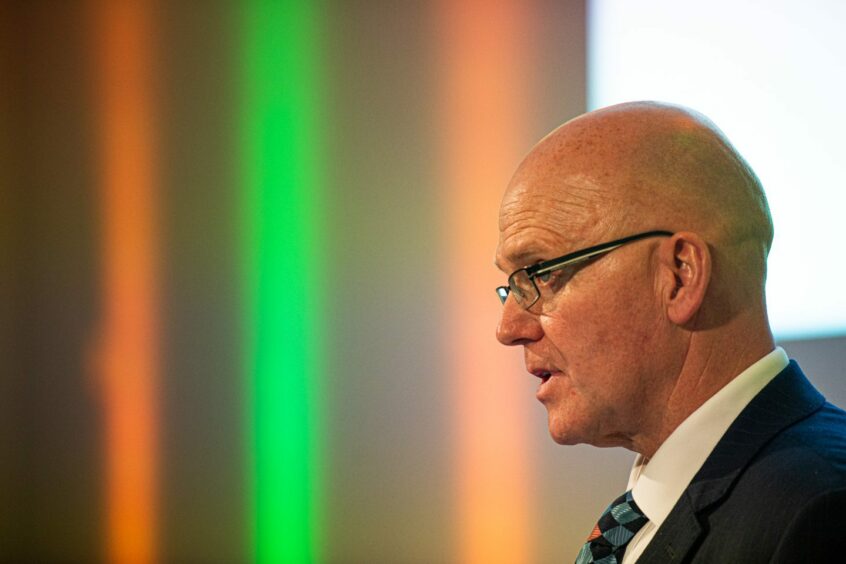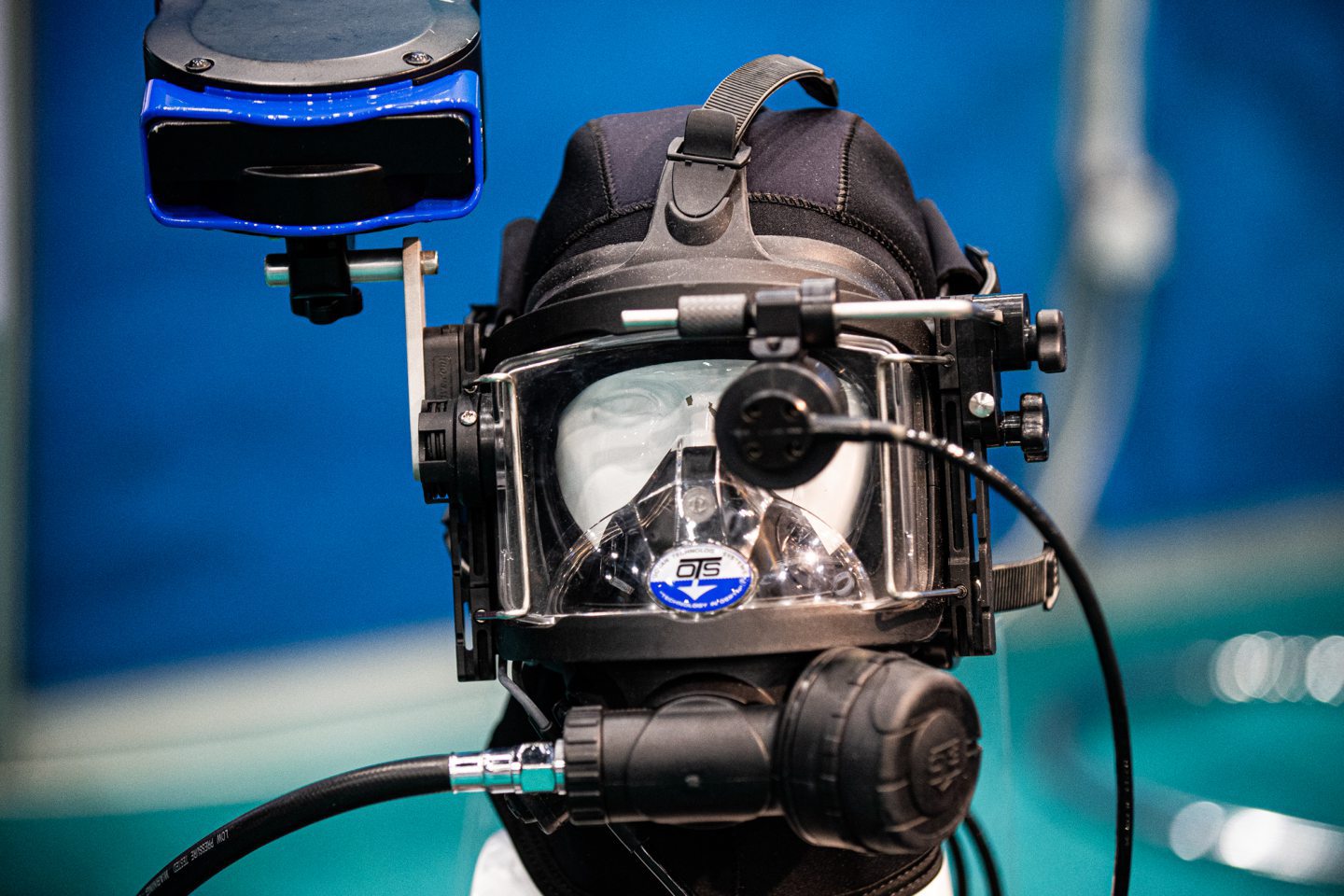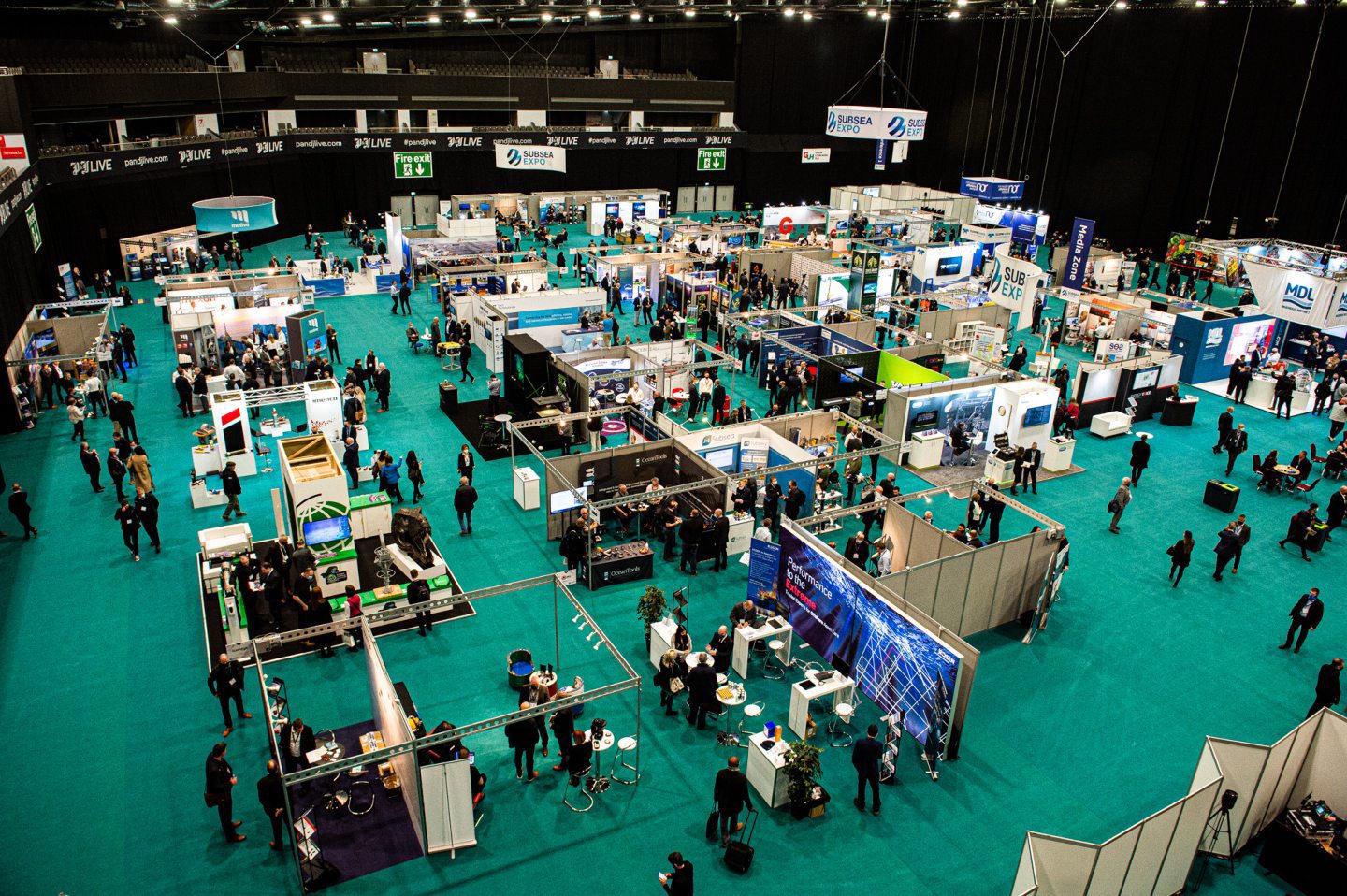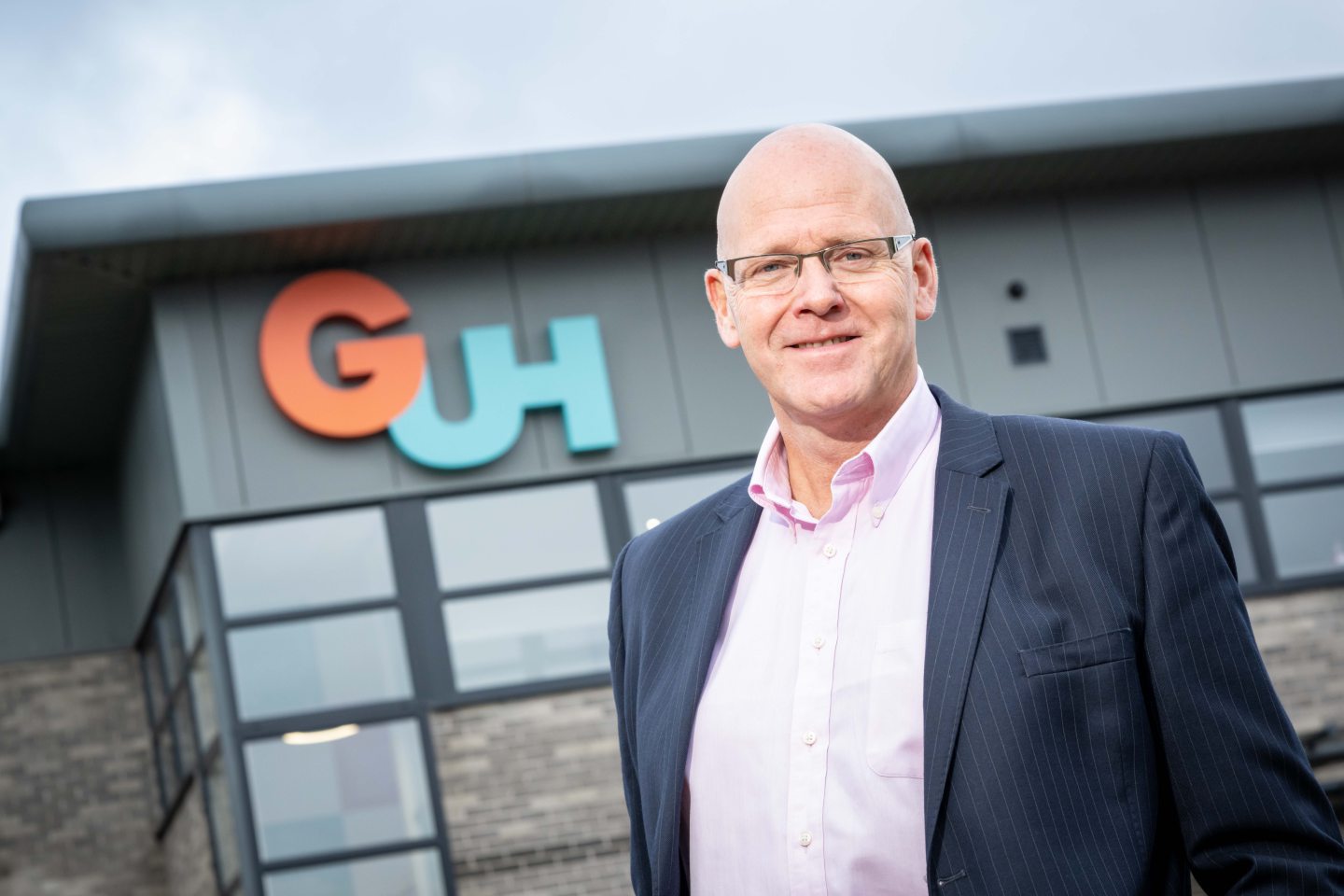 © Supplied by CR0033766 Day one o
© Supplied by CR0033766 Day one o The renowned UK subsea industry has lost 20% of its capability due to recent oil downturns, according to a membership body – and there’s an urgent need for joined-up thinking to deliver on the “tsunami” of energy transition opportunity ahead.
Neil Gordon, CEO of the Global Underwater Hub (GUH), said opportunities across oil and gas, decommissioning, offshore wind and areas like carbon capture utilisation and storage (CCUS) are expected to “converge” around the same time in coming years.
That’s a “real positive and a danger as well” he warns, with the need for more strategic thinking on how to deploy the supply chain and develop the right industrial strategies.
“We’ve lost a significant amount over the years in the downturn of oil and gas, about 20% across the supply chain,” said Gordon, referring to a UK wide subsea capability since the major oil downturn of 2014/15.
“If we do not have a good supply chain sustained over the next 5 – 10 years in the hope of delivering an energy transition/ net zero, in opportunities like (the offshore wind leasing rounds) INTOG and ScotWind, when that energy transition picks up, and they’re looking for the expertise, we may not have that.
“So, we want to make sure we sustain that capability at a high level so we can make the energy transition. I talk about the dip in capability, and if we lose that then it’s difficult to get our capability back up to that level.”
Capitalise on opportunity for UK subsea
Between the huge gigawatt-scale projects on the way, like those via the ScotWind leasing round, alongside billions of pounds of decommissioning work and new energies like hydrogen, Gordon says there’s “a tsunami of opportunities coming at us”.
“But we’re looking at it like ‘let’s do it all here, let’s catch it all’. We need to be much more strategic about looking where we can win and achieve real value to develop the technologies and the jobs, which will do a great job here domestically but also retain that international export leading position that we have.”
Although GUH members are making energy transition inroads, a major chunk have roots in and rely on oil and gas as a key business driver.
That comes as trade body OEUK confirmed in 2021 that some 30,000 industry jobs had been lost over the course of the Covid pandemic.
Freeports, policy, politics
What can industry and policymakers do about the incoming boom when there aren’t enough jobs to cover it? It goes back to the plea for joined-up thinking.
Gordon argues that discussions on investment take place at high-level, but UK plc but “forgot how to capitalise on the supply chain capability and first-mover advantage”.
“We really want to emphasise how important it is to have a good supply chain strategy for the industry as it makes all these changes.
“It’s an important thing, in the next 12-18 months, some major investments need to be made in the UK for things like vessels, factories and engineering capability to be able to deliver these projects.
“Other parts of Europe, for example, have looked at the UK as a great investment opportunity from an industry-side. So that’s why we have some key organisations who have invested in capability and technology to invest in the UK.
“We, unfortunately, have focused an awful lot on the financial investment and forgot how to capitalise on the supply chain capability and first-mover advantage.”
Gordon will not be drawn on specific policies on north-east Scotland – an omission of freeport status from Holyrood and Westminster, an anti-oil Scottish energy strategy and other issues like support for CCUS.
Part of that, to be fair, is because GUH is a membership body across the UK across the country, more than just specific regions.
What governments can do is understand the challenges being faced and avoid “pigeon-holing” subsea as an “oil and gas” or a “renewables” industry – it’s all of the above plus more across areas also including aquaculture and defence.
Subsea: Into the Blue
All of this comes as GUH prepares to put on its annual “Subsea Expo” showcase at the P&J Live in Aberdeen on February 21 – 23.
Gordon hopes, with people moving around more freely now, well post-lockdown, to reach over 6,000 visitors this year, topping 2022’s 4,000+.
Themed on “Into the Blue” it looks not only at the opportunities ahead but also the unknowns, symbolising the dark unknowable abyss, perhaps, but also, again, unknowns around the future energy transition.
“The new areas such as floating offshore wind / INTOG are probably the ones that are more tangible and visible.
“But there are also other areas like CCUS and hydrogen which we’re really not sure what the strategies are at a higher level and what that means for the supply chain.
“So, it’s a good opportunity to start looking at what those sectors mean for our sector in the underwater space and, indeed, which technologies and capabilities we have and how we can actually get after them.”



